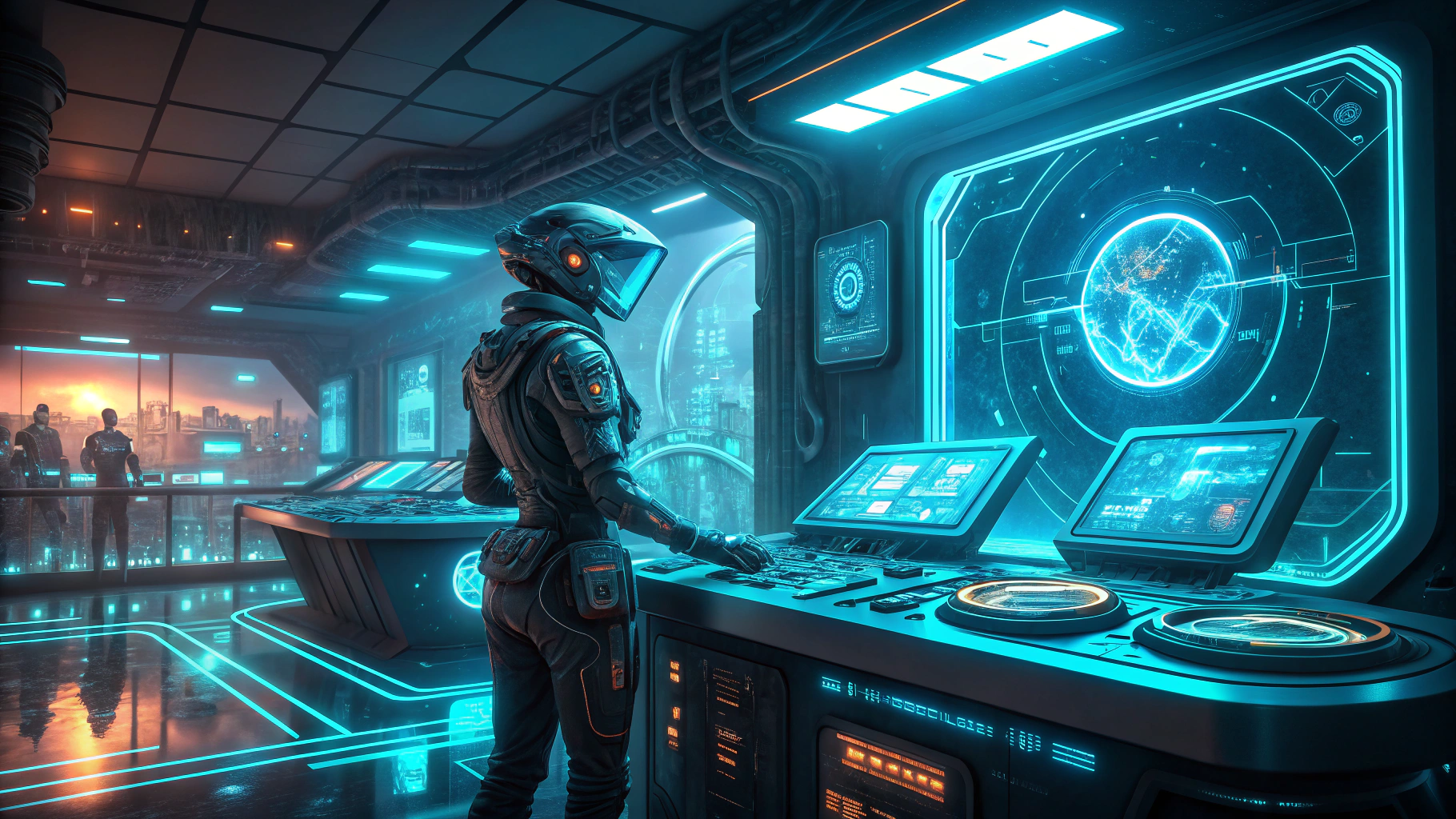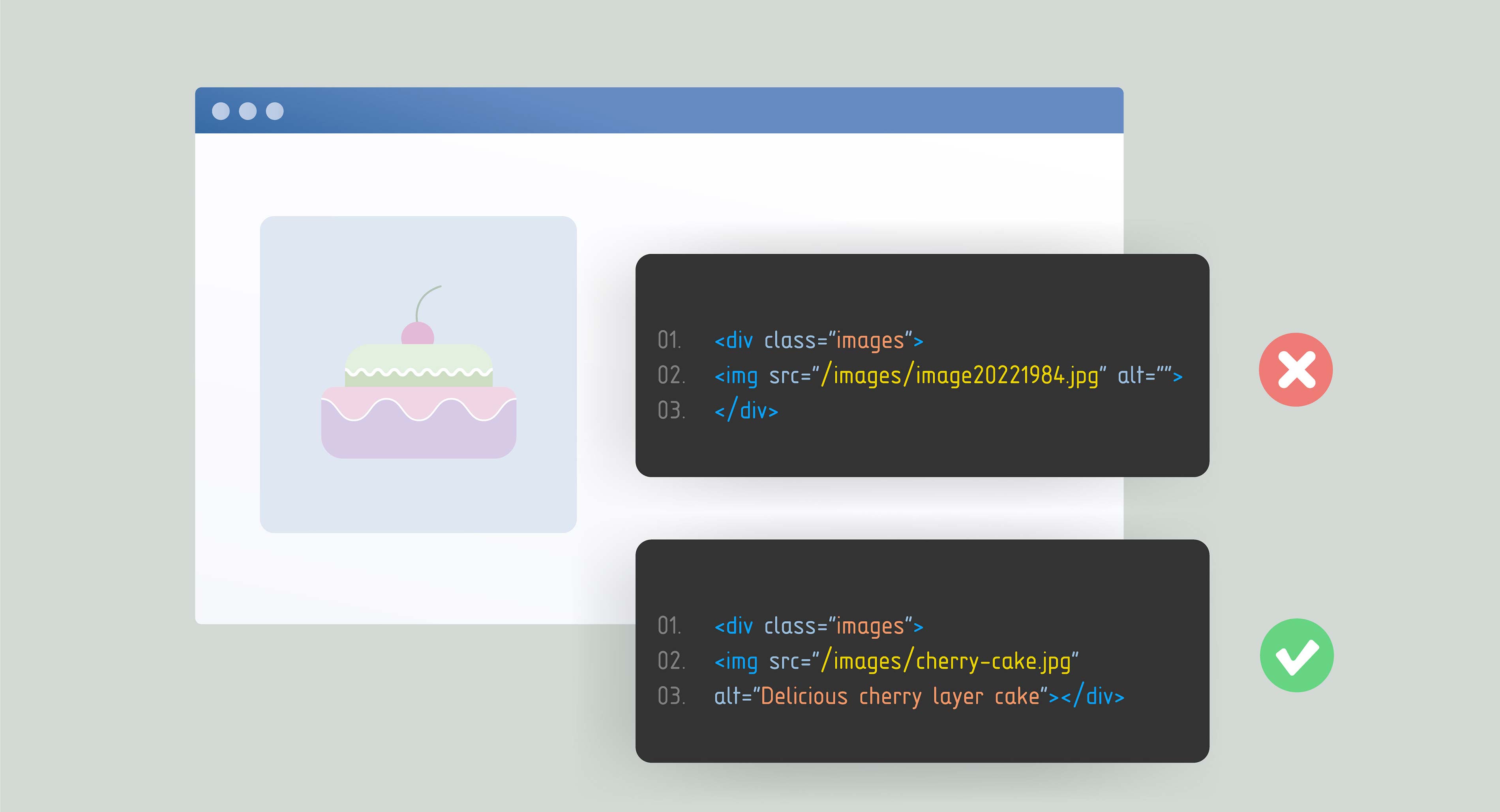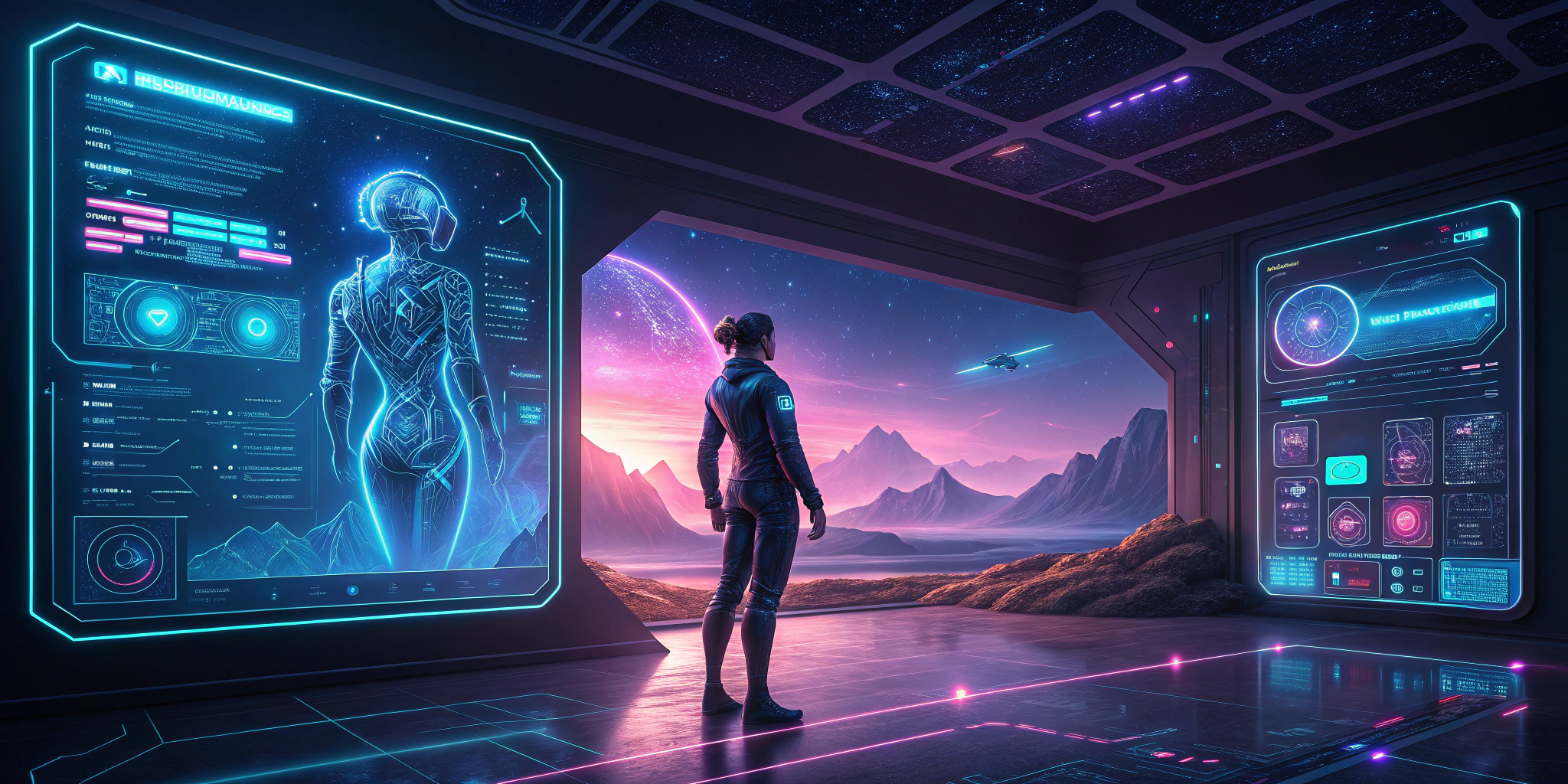AI Agents: The Ultimate Guide to Intelligent Automation

AI Agents: The Ultimate Guide to Intelligent Automation
Updated: April 22, 2025 • Reading time: 10 min
Introduction
The word agent has evolved dramatically in the era of Artificial Intelligence. No longer just a human representative, an AI agent is now a self‑directed software entity that perceives its environment, makes decisions, and executes actions—often in real time—without continuous human supervision. This guide breaks down how every modern agent operates, why agents matter to business, and what the future holds.
What Is an AI Agent?
An AI agent is a program (or collection of cooperating programs) that autonomously pursues a goal. Key characteristics include perception of data, internal reasoning, learning, and actuation. Most agents fall into one (or a hybrid) of these categories:
- Reactive agents – rule‑based responders with no long‑term memory.
- Deliberative agents – planners that maintain a rich model of the world.
- Learning agents – systems that improve through data‑driven feedback.
- Collaborative agents – multiple agents (and sometimes humans) cooperating to reach a shared result.
Why the Agent Revolution Matters
From cost reduction to scale, the agent paradigm unlocks value that conventional software cannot match. Always‑on AI agents perform repetitive chores, surface insights from massive datasets, and even create new revenue streams through hyper‑personalised experiences.
High‑Impact Use Cases
- Customer Support: 24/7 chat agents resolve common questions instantly.
- Healthcare: Diagnosis and triage agents accelerate treatment plans.
- Finance: Trading agents analyse markets and execute orders in milliseconds.
- Smart Homes: IoT orchestration agents manage lighting, HVAC and security.
- Autonomous Vehicles: Driving agents combine sensor fusion, prediction and control.
Benefits at a Glance
- Efficiency & Productivity: One agent can replace dozens of manual workflows.
- Scalability: Cloud‑native agents scale elastically with demand.
- 24/7 Availability: No downtime, no lunch breaks.
- Data‑Driven Insight: Continuous learning loops improve accuracy over time.
Challenges & Ethical Considerations
Despite impressive gains, agent technology raises questions about bias, transparency, privacy, and labour displacement. Organisations must implement governance to ensure fair outcomes and compliance with emerging regulations.
Future Trends
- Emotionally‑aware agents that read sentiment and adjust responses.
- Inter‑agent collaboration for complex supply‑chain optimisation.
- Edge agents that run offline on low‑power devices.
- Self‑healing agents able to detect and correct their own failures.
Conclusion
AI agents are rapidly redefining how we build, deploy and scale software. By embracing an agent-first mindset today, businesses position themselves to lead tomorrow’s Intelligent Automation landscape.
Visual Insights





